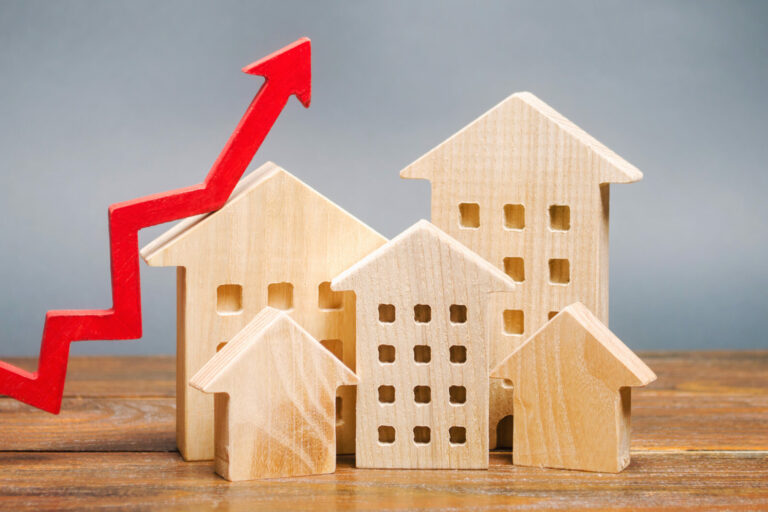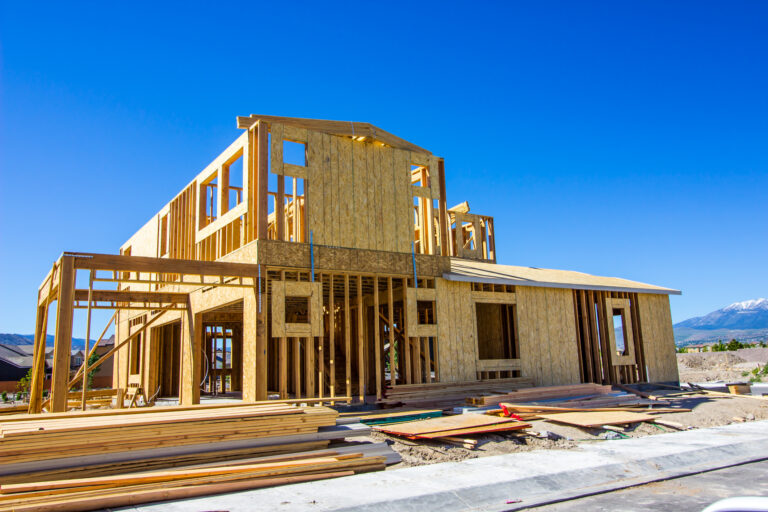Australian Property Update – February 2023

Terry’s View – Terry Ryder is Australia’s Leading Independent Property Researcher
The reality of statistics is that you can use them to tell any story you like. This reality impacts real estate consumers every day.
You can take any set of figures and use them to tell a positive story or a negative one, depending on your viewpoint. Media, usually, will choose the negative option – and the people who feed press releases to journalists know that sensational negatives get more publicity than balanced analysis of property markets.
So when CoreLogic ran the numbers on price movements in the various locations across Australia in 2022, they found that roughly half had recorded price increases and half had price declines.
All the headlines around Australia screamed that half of locations had dropped – or, to use media parlance, plummeted, nosedived, collapsed or fallen off a cliff.
The headlines could, with equal validity, have shouted that half the nation’s locations actually recorded higher prices– which, given the tone of media coverage lately, is a remarkable outcome.
Tax Reform Impact On Young Buyers
First-home buyers have a difficult time accessing the market and, to ease the burden, the NSW Government recently passed legislation that allows FHBs to avoid stamp duty by paying, instead, an annual fee of $400 plus 0.3% of the land value.
This has been met with mixed reactions from the Opposition, who have branded the annual tax a ‘forever tax’ on the family home.
Stamp duty is a significant roadblock for buyers, with research showing that for an average house in Victoria valued at $824,500, $44,540 stamp duty is payable upon purchase – half an average Victorian’s annual income.
Figures showed that, on average, in Queensland, each home buyer paid $13,516 in stamp duty over the past six months. In NSW, it was $29,031, and in Victoria, customers paid $38,761.
It is argued that having an annual land tax rather than stamp duty could help remove a significant upfront barrier and help more aspiring home-owners acquire properties that meet their lifestyle needs.
As lifestyles have become more mobile, with Australians changing jobs more frequently, accommodating increased consumer mobility is important. The average young Australian will change jobs 12 times in their career, with an average tenure of just 3.3 years.
But an annual land tax may not be the panacea of all property tax problems. Critics of the scheme say an indexed land tax could end up costing families more — especially if they stay in their home for a long time.
Building Costs Start To Ease
The cost of building a home has risen by its slowest quarterly pace in a year, climbing by only 1.9% nationwide over the December 2022 Quarter. It is likely to slow further in the next 12 months due to falling demand.
This is welcome news as residential construction costs surged by a record 12% over the past 12 months, according to the Cordell Construction Cost Index.
Tim Lawless of CoreLogic Research said the slowdown in construction costs should help cool inflation this year. The housing component of the CPI, which includes both home building costs and rents, has been one of the main contributors to high inflation recently.
Dwelling approval figures have dropped by 41% since moving through historic highs in March 2021, and this also should help reduce pressure on the industry, Lawless said.
Although there is still a substantial pipeline of residential construction work to be completed, the declining number of approved homes should help to alleviate construction costs.
Anecdotally, as skilled migration continues to increase, the costs associated with some trades and labour should slow further.
The easing in construction costs could boost builder confidence, but is unlikely to spark another renovation or building boom, says Mark Bainey of Capio Property Group.
Pressures Mount On City Rents
Recent data on rental supply and demand has highlighted a shift in the market, with the return of overseas migrants causing rental supply in the big cities to slump and competition for vacant listings to heat up.
With inquiries per listing rising 31% year-on-year across capital cities, the report noted that rental markets in areas like Melbourne and Sydney have received a fresh sugar hit.
Rental listings are down 26% year-on-year and are at their lowest level since February 2003, causing an immense need for more rental accommodation, particularly in the major capital cities where demand is well in excess of supply.
Cameron Kusher, director of economic research for PropTrack, said that with overseas migration lifting, it looks as if it will become even more difficult to rent a property in the capitals during 2023.
Data shows the largest increases in potential renters per listing in December were in Melbourne (55%), Sydney (27%), and Brisbane (14%).
Kusher said rental markets in the two biggest cities will be under further pressure. “Most of the overseas migration that will occur over the coming years will see those arrivals settle in these two cities, which will increase demand for rental accommodation,” he said.




